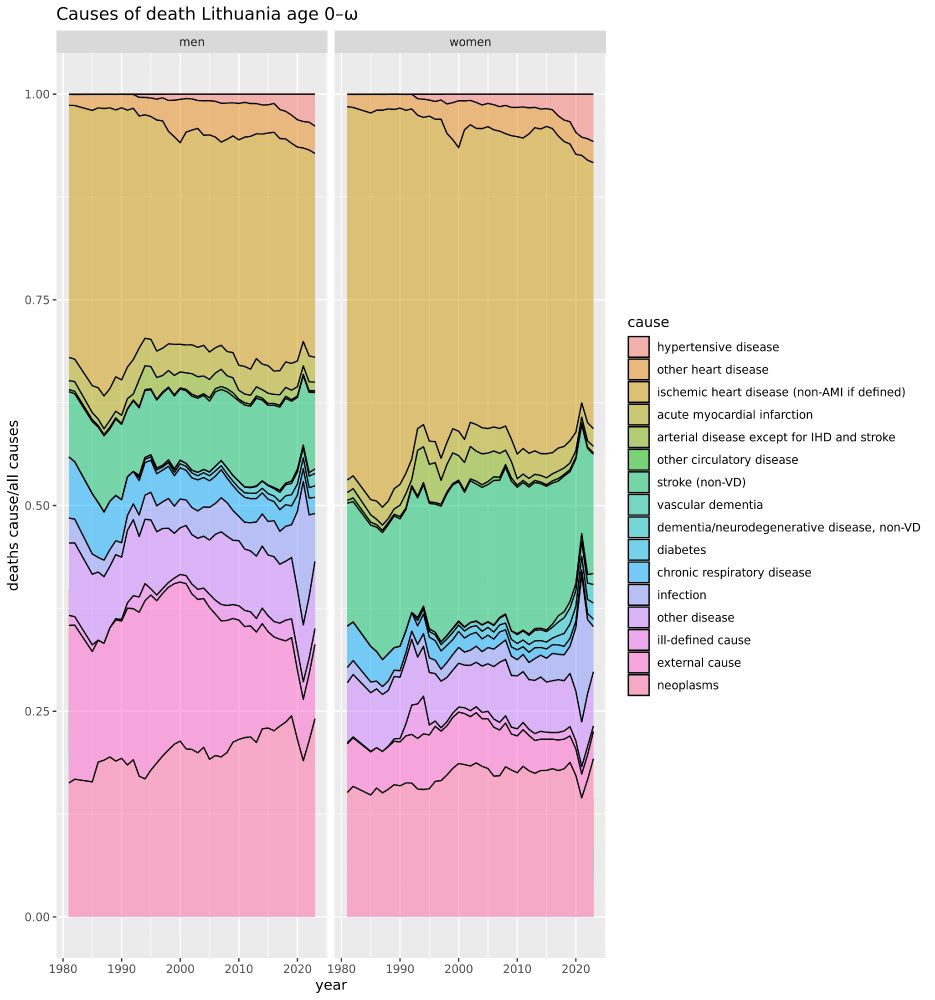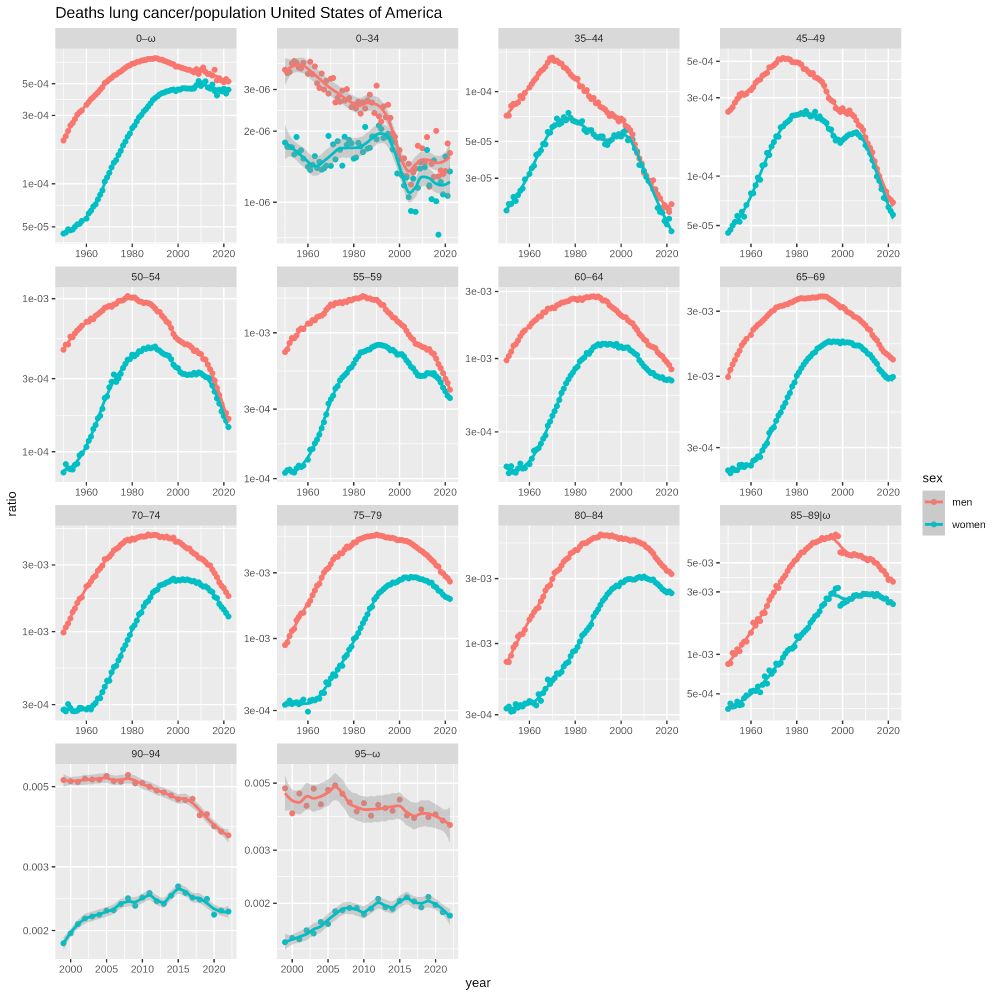![A(H1N1) non-sentinel cases estimated as [total influenza A]×[subtyped A(H1N1)/total subtyped A] in Sweden week seasons 2021–25 (starting at week 40), based on data from FluNet.](https://cdn.bsky.app/img/feed_thumbnail/plain/did:plc:xxppgquw2duy3v2qh6mg5oiv/bafkreidht2oehmxqehnseowkmlvobw4oji5bmkh3aklwmt5bs4s5euvnbq@jpeg)
![A(H3) non-sentinel cases estimated as [total influenza A]×[subtyped A(H3)/total subtyped A] in Sweden week seasons 2021–25 (starting at week 40), based on data from FluNet.](https://cdn.bsky.app/img/feed_thumbnail/plain/did:plc:xxppgquw2duy3v2qh6mg5oiv/bafkreifwepm7nitghjmobma7hk7bffotjcvomqn2k3s4ibijeexurtpc5a@jpeg)






Dessutom genom radering av tidigare version där ena grafen blev fel.


Dessutom genom radering av tidigare version där ena grafen blev fel.

sdb.socialstyrelsen.se/if_dor_manad...
sdb.socialstyrelsen.se/if_par/val_e...

sdb.socialstyrelsen.se/if_dor_manad...
sdb.socialstyrelsen.se/if_par/val_e...




This can also make it a bit complicated to manipulate output by token logits, because it is not obvious which token will be used for a certain string.

This can also make it a bit complicated to manipulate output by token logits, because it is not obvious which token will be used for a certain string.


Probably both real changes and changed reporting.

Probably both real changes and changed reporting.










*Note free scales.*


*Note free scales.*


